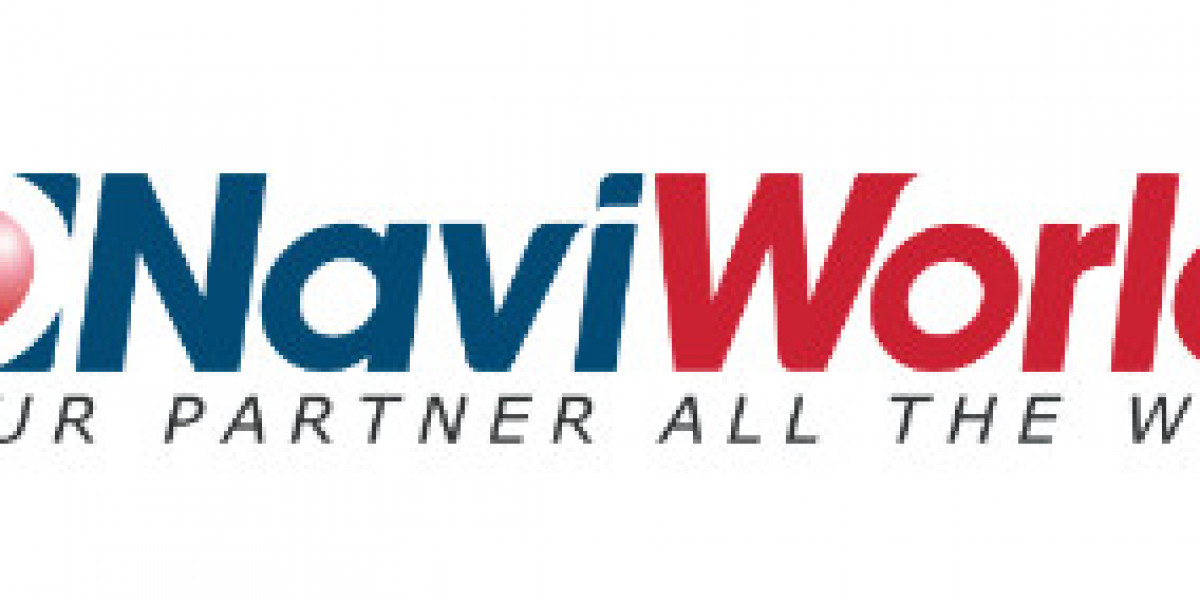Exploring the Art and Business of T-shirt Printing
T-shirt printing is an essential part of the fashion and customization industry, allowing individuals and businesses alike to create unique and personalized garments. Whether you're looking to express yourself through custom designs, promote a brand, or commemorate an event, t-shirt printing offers endless possibilities. In this article, we’ll delve into the different methods of t-shirt printing, the history behind it, its applications, and how you can get involved in this growing industry.
The Rise of T-shirt Printing
T-shirt printing has been around for several decades, evolving from simple designs to elaborate, high-quality artwork on fabric. The first printed t-shirts were likely created in the 1950s and 1960s, during the rise of the counterculture movement. At that time, people started using t-shirts as a medium for self-expression, displaying everything from band logos to political statements.
Over the years, as technology advanced, t-shirt printing became more sophisticated, enabling intricate designs and a wider range of applications. Today, t-shirt printing is not just a form of personal expression; it is also a booming industry. The demand for custom t-shirts has skyrocketed, with businesses, schools, and individuals seeking to create bespoke designs for various purposes.
Different Methods of T-shirt Printing
T-shirt printing involves applying ink or designs onto fabric, usually cotton, polyester, or a blend of both. Several methods of printing are used to achieve different effects, and the choice of method often depends on the complexity of the design, the material of the t-shirt, and the quantity of shirts needed. Below are the most common methods of t-shirt printing:
1. Screen Printing
Screen printing, also known as silk screening, is one of the oldest and most widely used methods for t-shirt printing. The process involves pushing ink through a stencil (or screen) that has been created based on the design. The design is transferred to the fabric through the screen, creating a clean and crisp image.
Advantages of Screen Printing:
High-quality prints with vibrant colors
Cost-effective for large orders
Durable and long-lasting designs
Disadvantages:
Not ideal for small runs or highly detailed designs
Requires more time for setup and preparation
Limited color options unless you are willing to pay for multiple screens
Screen printing is best for designs with fewer colors and larger quantities. It is the method of choice for companies, sports teams, and events that require mass production of t-shirts with consistent, high-quality prints.
2. Heat Transfer Printing
Heat transfer printing involves using heat and pressure to transfer a design from a special transfer paper onto the fabric. The design is printed on a transfer paper, and then a heat press machine applies heat and pressure to bond the ink onto the fabric. This method is ideal for complex designs with multiple colors and intricate details.
Advantages of Heat Transfer Printing:
Allows for full-color designs with fine details
Perfect for small runs and personalized shirts
No setup fees, making it cost-effective for smaller orders
Disadvantages:
Transfers may fade or crack over time with wear
Not as durable as screen printing
Can feel heavier on the fabric due to the nature of the transfer
Heat transfer printing is a great option for custom t-shirts, especially for one-off or low-quantity designs. It is often used for gifts, small business merchandise, or promotional items.
3. Direct-to-Garment (DTG) Printing
Direct-to-Garment (DTG) printing is a newer technology that uses inkjet printers to print designs directly onto the fabric. The printer applies the ink directly to the t-shirt, much like how a home inkjet printer would print onto paper. DTG printing offers excellent quality and can print intricate, full-color designs with fine details.
Advantages of DTG Printing:
High-quality, detailed prints with full-color capability
No minimum order requirement
Great for small runs and custom designs
Disadvantages:
Slower than screen printing for large orders
Less durable than screen prints, especially on darker fabrics
Requires specialized equipment and maintenance
DTG printing is an excellent choice for individuals or businesses that want high-quality custom designs with fine details, and it is ideal for small quantities or one-off custom t-shirts.
4. Sublimation Printing
Sublimation printing involves turning solid dye into gas and using heat to transfer the dye directly into the fibers of the fabric. This method works best on synthetic materials such as polyester. The dye bonds with the fabric, creating vibrant and long-lasting colors that won’t fade or peel.
Advantages of Sublimation Printing:
Vibrant, full-color prints that won't fade or peel
Perfect for all-over designs, including edge-to-edge prints
Great for polyester and synthetic fabrics
Disadvantages:
Only works on light-colored synthetic fabrics (mainly polyester)
Requires specialized equipment
Not ideal for cotton fabrics or dark colors
Sublimation printing is perfect for athletes, sports teams, or businesses that need full-color designs that cover the entire shirt. It’s commonly used for making high-quality sports jerseys, performance shirts, and promotional items.
5. Vinyl Cutting
Vinyl cutting involves using a vinyl cutter to cut out shapes and designs from vinyl sheets. The vinyl is then applied to the fabric using a heat press. This method is often used for simple, bold designs, such as text, logos, or graphics with a solid color.
Advantages of Vinyl Cutting:
Durable and long-lasting prints
Great for small runs and custom designs
Works well for single-color and simple designs
Disadvantages:
Limited to simple shapes and designs
Vinyl can feel heavier on the fabric
Not ideal for multi-colored designs
Vinyl cutting is often used for custom shirts for sports teams, small businesses, or special events. It's ideal for bold text-based designs or logos that require durability and longevity.
How to Choose the Right T-shirt Printing Method
Choosing the right printing method depends on several factors, including the design, fabric, quantity, and budget. Here are a few key points to consider when selecting a printing method:
Design Complexity: If your design involves intricate details or multiple colors, DTG or heat transfer printing might be your best option. If you have a simpler design, screen printing or vinyl cutting could be more cost-effective.
Fabric Type: Some printing methods work better on certain fabrics. For example, sublimation works best on polyester, while DTG printing works well on cotton.
Order Quantity: Screen printing is ideal for larger orders, while DTG and heat transfer printing are better for smaller, one-off designs.
Durability: If you want long-lasting prints, screen printing or sublimation will provide the best results. Heat transfer prints may fade or crack over time, especially with frequent washing.
Applications of T-shirt Printing
T-shirt printing is used for a variety of purposes, from personal projects to commercial applications. Here are some of the most common uses:
Personalized Gifts: Custom t-shirts are a popular choice for personalized gifts. Whether it’s for a birthday, wedding, or special event, a unique t-shirt with a personal design can make for a memorable gift.
Branding and Promotion: Many businesses use t-shirt printing as a marketing tool. Branded t-shirts with company logos, slogans, or product images are often used for promotional giveaways, events, or employee uniforms.
Sports and Events: Sports teams, schools, and organizations frequently use t-shirt printing to create custom shirts for uniforms, fan merchandise, and event promotions.
Art and Fashion: T-shirt printing also serves as an outlet for artists and designers to showcase their work. Graphic tees, band merchandise, and fashion lines all use t-shirt printing to bring their creations to life.
Getting Involved in T-shirt Printing
If you're interested in starting your own t-shirt printing business or just want to design custom shirts for fun, there are several ways to get involved in the industry. Many companies offer on-demand t-shirt printing services, allowing you to create and sell custom t-shirts without having to invest in expensive equipment. Alternatively, you could set up your own home printing business by investing in a heat press machine or a DTG printer.
Regardless of whether you're doing it as a hobby or a business, t-shirt printing offers a great opportunity for creativity and entrepreneurial spirit.
In conclusion, t-shirt printing is an exciting and versatile way to express creativity, promote businesses, and create custom garments for all types of occasions. With a variety of methods to choose from—such as screen printing, heat transfer printing, and sublimation—there’s a solution for every design need. If you’re looking to get involved in custom t-shirt printing, whether for personal or business purposes, explore your options and find the method that works best for you.
If you're considering custom designs, be sure to check out the T-shirt printing options available online to get started with your own creations.










